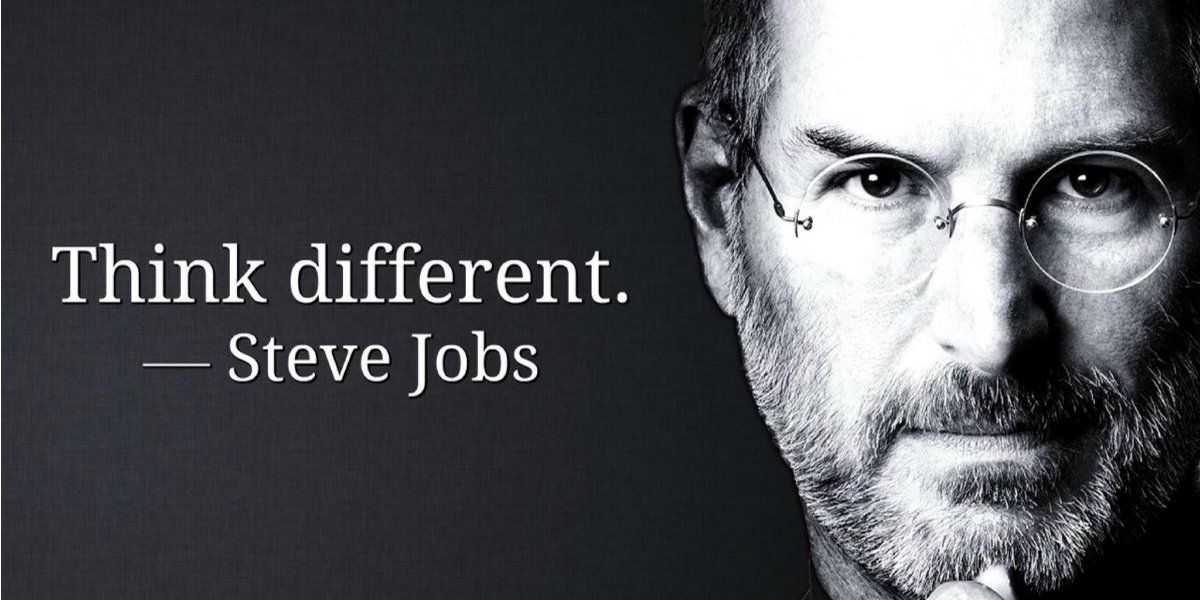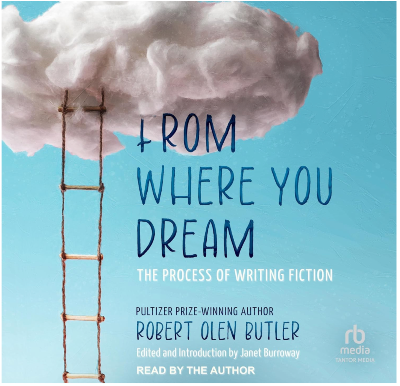"From Where You Dream"

I'm obsessed with right-brained thinking techniques essential for creative problem-solving in entrepreneurship. Entrepreneurs are expected to maximize creative potential, yet existing innovation frameworks lack sophistication. Unfortunately, ineffective creative processes are often promoted, with shortcomings masked by their outcomes.
Artists have proven processes for generating creative work. Actors have the Stanivlaski System. Drawers have “Drawing on the Right Side of the Brain”. In this article, I go into some of the techniques of Robert Olen Butler in “From Where You Dream”. In this work, Robert Olen Butler, inspired by Stanislavski, the father of Method Acting, creates his own artistic process for writing creative fiction.

Where the Inspiration Comes From
“In place of the body, it is the imagination that must be a strong and supple instrument, ready to lead the reader through moment-by-moment sensual experience. And it is the realm of the unconscious rather than that of technique or intellect that the writer seeks fictional truth.”
This idea that the imagination is the source of these profound ideas is contrary to the narrative that the brain is like a computer. As a default analytical thinker, I find myself trying to compute solutions by default as opposed to being open to inspiration as it comes.
“Please get out of the habit of saying that you’ve got an “idea” for a short story. Art does not come from ideas. Art does not come from the mind. Art comes from the place where you dream. Art comes from your unconscious; it comes from the white-hot center of you”
The entrepreneur/inventor narrative reduces the Archimedes' "Eureka" moment to a moment when one has an idea. I have a great business idea every three seconds, so how does one approach such a problem when such strong impulses distort judgment right off of the bat during the creative process?
Techniques:
Mental Filters
"Filter abstract, general, analytical, and interpretive."
This advice is brief, but important. Analysis is a left-brain activity that has value, but as an artist, disrupts the rich impressions that come from the unconscious. Without judgment or analysis, letting the mind flow with ideas, watching them like leaves fall from a tree leads to the unfiltered awareness that prompts profound insights.
Malleable, fluid work
“But a work of art is an organic thing. Every detail must organically resonate with every other detail. Everything in a work must remain malleable, everything must remain negotiable. You need to understand that working from your literal memory will keep you out of your unconscious, out of the zone you must enter.”
In my conversations about venture ideation, it's so tempting to go fast with the first idea and execute flawlessly, staying disciplined towards a rigid plan. In practice, everyone knows that startups pivot because no one knows what the future holds. During venture ideation and before investment (when there's accountability), it's important to take advantage of the extra time you have at the beginning when a venture idea can be malleable.
Exercises:
The next exercises train the techniques described above. They give great examples of how to write better. They can also be adapted as one drafts business plans for fruitful venture ideas, insights, or strategies.
1) Journaling
“At the end of the day or beginning of the next day, return to some event of the day that evoked an emotion in you. Record that event in the journal. But do this only moment-to-moment through the senses. Absolutely never name an emotion; never start explaining or analyzing or interpreting and emotion. Record only through those five ways I mentioned that we feel emotions – signals inside the body, signals outside the body, flashes of the past, flashes of the future, sensual selectivity – which are therefore the best ways to express emotions. Such a journal entry will read like a passage in a novel, like the most intense moment-to-moment scene in a novel.
With a market pen, slash through all examples of abstraction, generalization, summary analysis, and interpretation you see in the text, leaving only moment-to-moment sense-based events and impressions."
I used this technique throughout my year at Stanford to express thoughts and feelings I was getting anything that gave me a vibe or emotional impression. I was tempted to indulge in and memorize facts and figures, but really turning up the volume on my gut instincts let me carve out my own path.
Impressions As They Come Technique:
“There are two types of novelists:
1) There are those who preplan. They outline. They know the end before they begin. But those who figure out what they’re going to say before they begin to say it are utterly lost, because if they adhere to the stages of the plan in a kind of “all right, that’s done” sort of way, they will end up writing from their heads, automatically.
2) Then there’s the draft writer, who leads in admirably dismal existence.
Instead, you are going to sit or recline in your writing space in your trance, and you’re going to free-float, free-associate, sit with your character, watch your character move around in the potential world of this novel. You’re going to go into your writing space, you’re going to dreamstorm potential scenes in such a novel as this with such characters as these, with such yearnings as these. And you’ll try to float everywhere in the novel: beginning, middle, end – all over.
You are going to write down on this legal pad six or eight to ten words, not many more, that represent a potential scene. Each scene must have an even fragmentary vision, some sort of sense impression attached to it. Then you write the briefest identifier of that scene.
150-200 scenes later. Write one scene per card. Use another card for another potential scene.
This exercise was interesting as I relate to my own thoughts on innovation. It's easy to prepare a perfect outline or simply iterate over time the same redone draft, but having the time to just let general thoughts and designs come to you over time amorphously has merit. I generally get bursts of inspiration for strategy, insights, or innovations and try to get them down as I can, accumulating valuable impressions until I have a large repository.
Conclusions
I hope this article gets people to think differently about the creative process in whatever they do, not just entrepreneurship/innovation. The artistic process is powerful and fulfills something deeper in our souls as we try to find our true expression. The journey becomes just as fulfilling as the destination.
